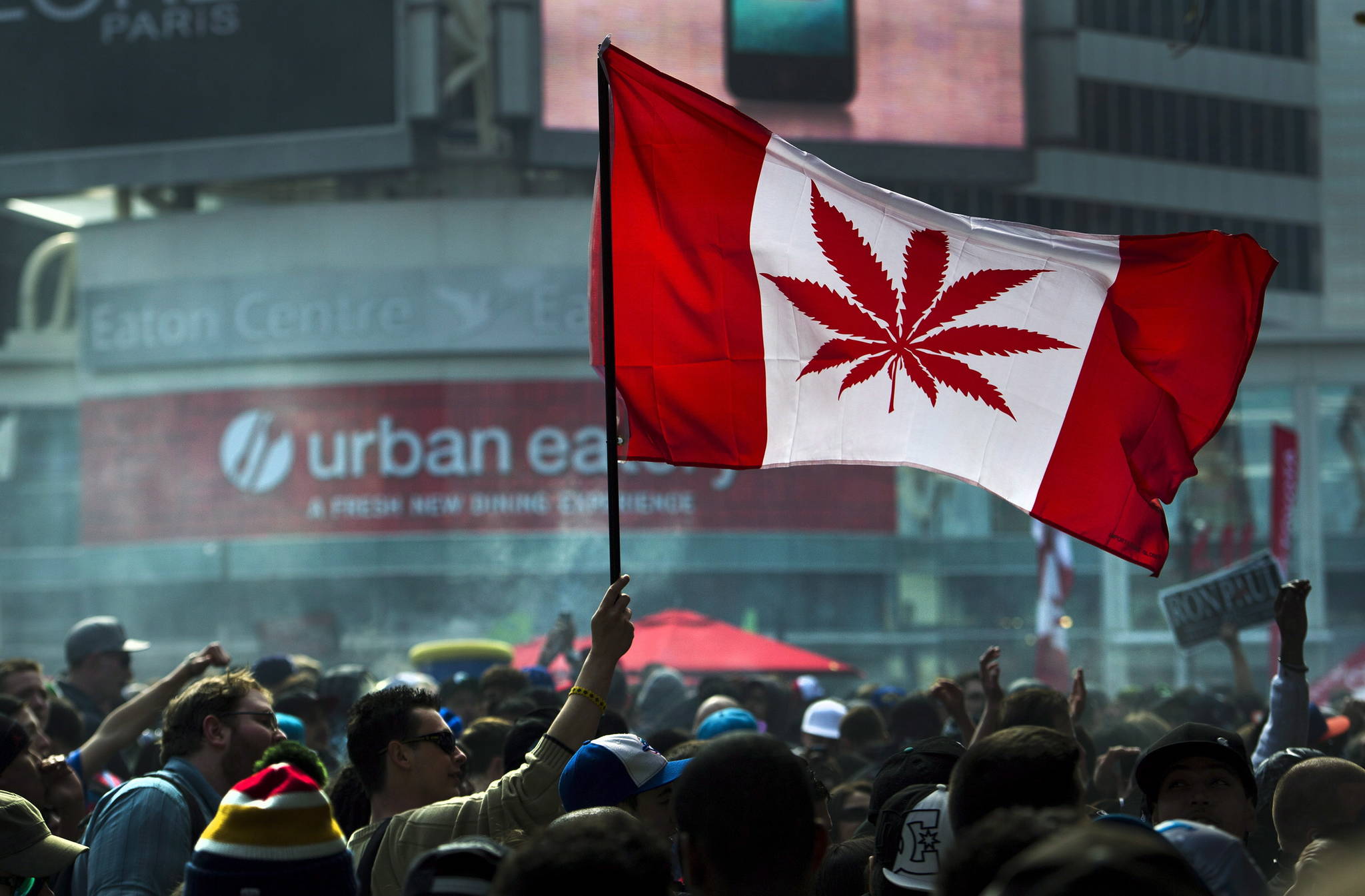Black people are far more likely than white people to be pulled over, charged or subject to use of force by Toronto police, a statistical review released on Monday showed, even as eventual conviction rates point to racial bias in policing.
They were more likely to be charged for cannabis offenses (the data is from 2013-2017) even though conviction rates and research show use at similar rates to white people, said the report from the Ontario Human Rights Commission.
And they were four times more likely to be charged for so-called ‘out of sight’ driving offenses, in which the offense can only be discovered once an officer has made the decision to pull the person over.
The report, ‘A Disparate Impact’, is made up of statistical reports on the racial disparity in charging and on use of force, and comes amid widespread protests across North America against police brutality and a sharp debate about the role of police in society.
“The time for debate about whether anti-Black bias exists is over,” the commission’s interim chief Ena Chadha said in a statement.
“It is time to make transformative changes in the institutions and systems of law enforcement that produce such disparate outcomes — community trust and safety, especially the safety of Black lives, depend on it,” she added.
Although they represent only 8.8 per cent of Toronto’s population, Black people represented almost one-third of all the charges in the dataset and more than a third of those out of sight driving charges. Almost one in four cannabis charges were laid on Black people.
A quarter of cases of death, serious injury or allegations of sexual assault heard by the Special Investigations Unit (SIU) involved Black people, and almost four in 10 of the more mundane forms of state violence such as punches and kicks or batons.
“Black people are grossly overrepresented in virtually all lower level use of force categories documented by the study,” said Dr. Scot Wortley, the lead author of the report.
The report said this overrepresentation could not be explained by factors such as patrol zones in low-crime and high-crime neighbourhoods, violent crime rates or average income.
— Alastair Sharp, Local Journalism Initiative Reporter, National Observer via Canadian Press

